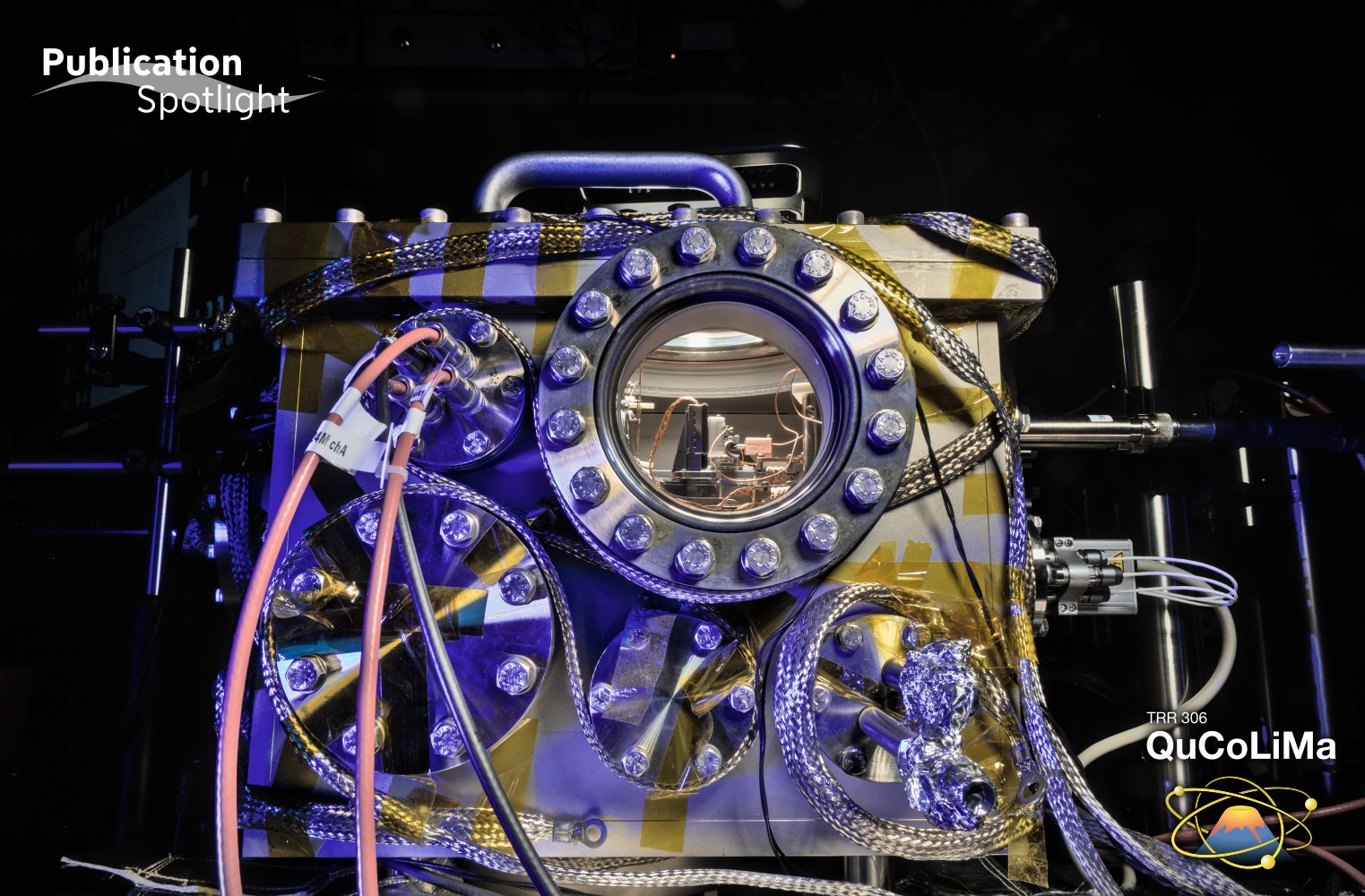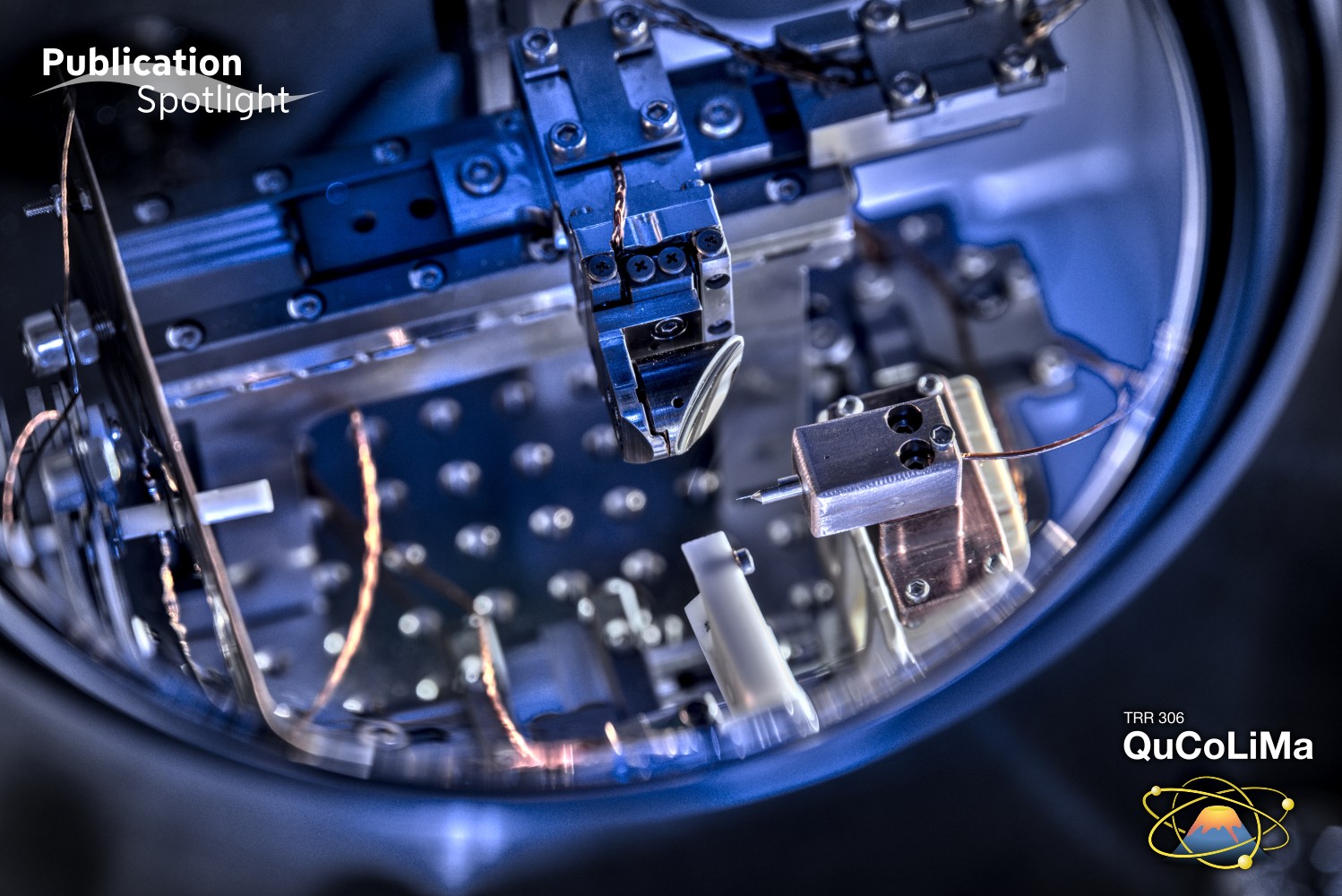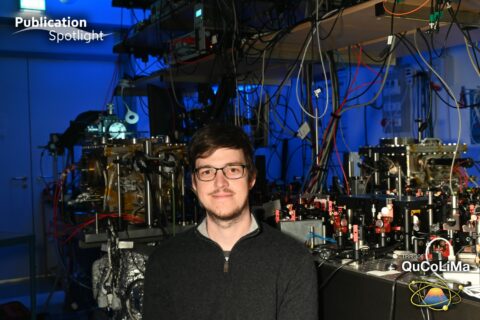Electrons in charge: repulsive forces in electron beams
by Max Gmelch (SAOT)
Electron microscopes allow an unmatched insight into smallest structures. Regarding the image resolution, they outcompete light microscopes by a factor of more than 1000. They do so by using a beam of electrons instead of light rays to probe the samples.
For ultra-high-speed imaging down to the femtosecond regime, the electron beam inside the microscope has to be pulsed and highly coherent. That means that the electrons in each pulse should be packed up very closely both in time and space.
However, the closer the packing, the larger the repulsive forces originating from the equal charges of the electrons. As a consequence, the electrons repel each other, the focus diameter of the beam increases and its coherence drops.
Stefan Meier was able to show and explain this effect experimentally using a tungsten needle tip which he illuminated with pulsed laser light to generate electron pulses. He published his results in his article “Coulomb Interactions and the Spatial Coherence of Femtosecond Nanometric Electron Pulses”. As a measure of coherence, he evaluated the visibility of interference patterns resulting from the electrons passing a carbon nanotube.
Stefan works at the Chair for Laser Physics at FAU Erlangen-Nürnberg, his supervisor is Peter Hommelhoff. His work is part of QuCoLiMa Area A: Quantum cooperativity induced by measurement processes. The original publication can be found in ACS Photonics.



